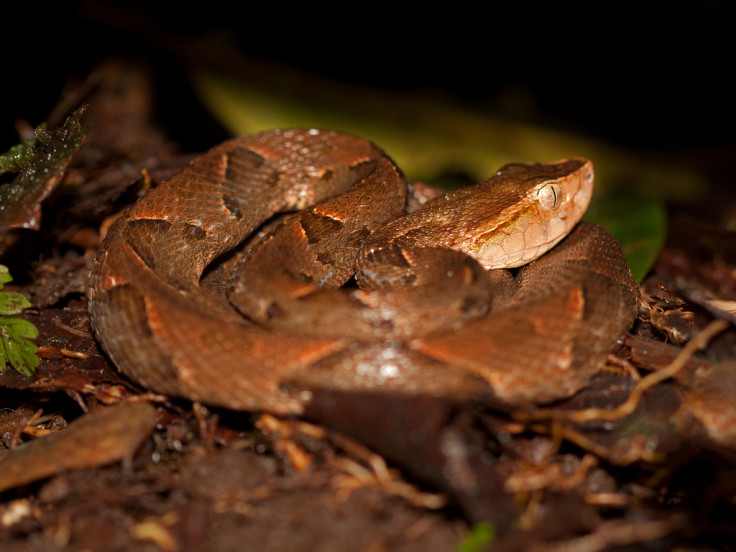Costa Rica: Snakebites expected to increase with El Nino

Snakebites in Costa Rica are expected to increase over the next year as a result of the impending El Nino, scientists have warned. Researchers from the Nagasaki University Institute of Tropical Medicine (NEKKEN) in Japan found that unusually high numbers of snakebites occur in both the hot and cold phases of El Nino.
Their findings were published in the journal Science Advances and suggest snakebites are associated with weather fluctuations. And with the National Oceanic and Atmospheric Administration (NOAA) recently announcing there is now a 95% chance of El Nino happening this year, the likelihood of more snakebites is high.
Lead author Luis Fernando Chaves told IBTimes UK: "That is a likely scenario. The data in our study shows that snakebites increase during both the hot and cold phases of El Nino Southern Oscillation ... Our study is helpful in the sense that it provides further insights about the potential for an exacerbation of the snakebite burden when El Nino strikes. For example, it can be argued that is a priority not to cut anti-venom production when El Nino alters the weather in Costa Rica, the setting of our study.
"The analytic tools of our study could also serve to better prepare for a surge in bites in other countries where there is a precarious provision of anti-venoms and other resources to attend victims of snakebites."
El Nino is an irregularly occurring series of climatic changes characterised by unusually warm and nutrient poor water across the central and east-central Equatorial Pacific. In South America, this creates warmer and wetter conditions. The NOAA has said the forthcoming El Nino will continue through the Northern Hemisphere this winter, gradually weakening until spring next year.
Costa Rica was chosen as an area of study because of the high number of snakebite records. The reporting of snakebites is mandatory because treatment is provided free of charge by healthcare authorities. Using this they built a snakebite database and compared this with weather fluctuations, focusing on those caused by El Nino. Their findings showed that snakebite incidence increased by 24% for every degree increase in temperature above the average.
The study notes that because snakes are cold-blooded, their distribution, movement and foraging habits will change as a result of weather fluctuations and changes in their body temperatures. They believe snakebites increase during El Nino because snakes become more active in warmer temperatures. The scientists also think that during the cold phase, they may be more likely to bite people because of reduced prey availability, forcing them into new areas where they come across humans.
Authors warn that a greater understanding of snakebites and weather is needed in order for healthcare providers to prepare for an increase in bites – especially as climate change is expected to result in more frequent and extreme weather events.
© Copyright IBTimes 2025. All rights reserved.






















